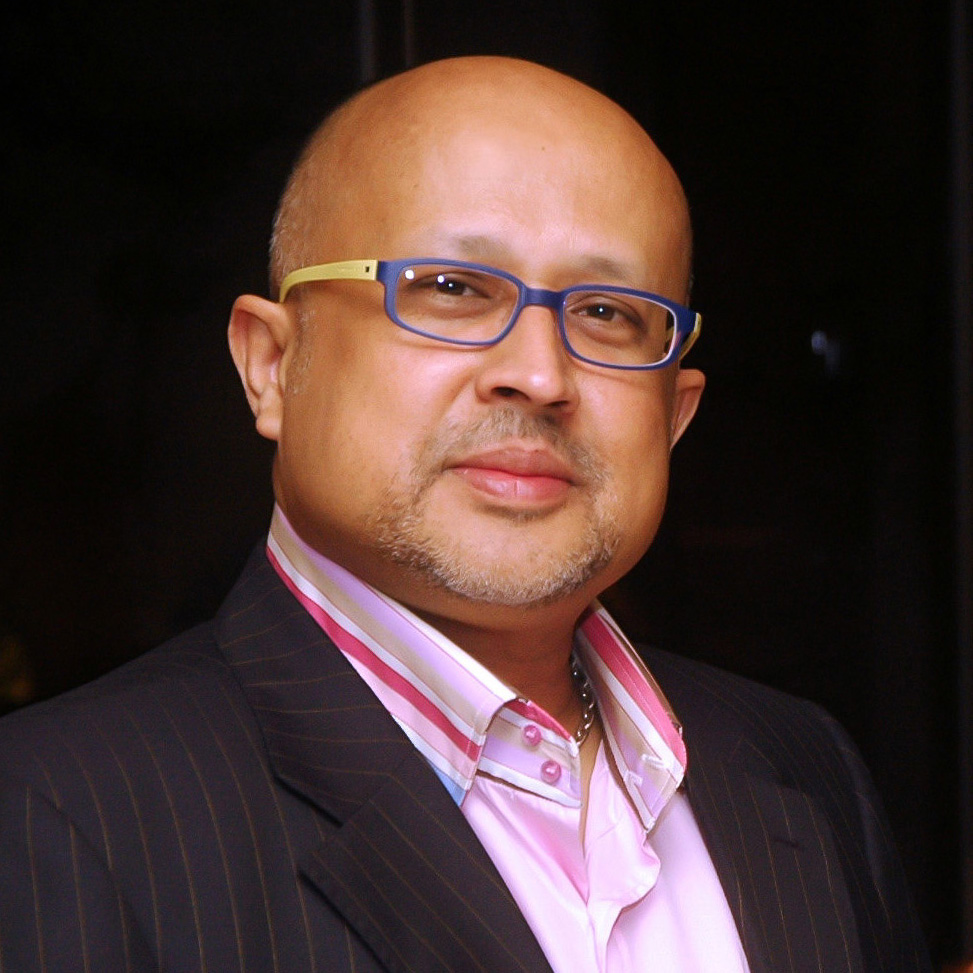Featured 1

Not only within Bangladesh, but throughout the developing world, we often witness countries mired in difficulties dealing with the two Bretton Woods institutions that in the age of American hegemony post-The Second World War, became such important vessels of US influence on a global scale - namely the IMF and World Bank.
Together they became known as the leading proponents of the Washington Consensus. This meant espousing a belief in the pre-eminence of the market as the determinant of economic outcomes, nods to deregulation and wholesale privatisation, and swearing by the 'invisible hand' and trickle down effects. This was clearly not going to work for everyone. Worse were the fates of the untold numbers left behind, as the World Bank and IMF became the lead vessels to export American-style laissez faire capitalism around the planet.
In recent times though, Bangladesh has shown the way in dealing with these institutions in a dignified and mutually respectful manner, that at the same time doesn't impinge on access to the vast funds they command. Funds that bring you no points for sitting idle. One of the key evolutions in how the so-called multilateral lending agencies operate today is that there can be no scope for invoking the 'begging bowl' when countries, even decidedly poor ones, are engaged in the negotiations process that paves the way for loan approval.
It is now well-understood that the funds under their command are meant for disbursal towards plugging holes in the world economy, and poverty reduction is a mission for all of humanity. In order to justify its raison d'etre, the World Bank needs those funds disbursed almost as badly as a country soliciting them. And in the current climate, with the emergence of the IDB or the AIIB, they are often caught up in a competition to fund certain projects.
Bangladesh has made enormous strides in the past 50 years - from one of the poorest nations at birth, it is now one of the world's fastest-growing economies. GDP per capita has increased from $134 in 1971 to $2,503 in 2021. Extreme poverty has been cut by more than half from 34 percent in 2000 to 13 percent in 2016. The government has strong ambitions to bring that down to single digits, during the next phase of its growth.
Furthermore, people are living longer and healthier lives with maternal mortality cases down from 434 per 100,000 live births in 2000 to just 173 in 2017. Almost all children go to school; in fact, Bangladesh's net enrollment rate at the primary school level reached above 97 percent. The country's flagship female stipends program realised the goal of girls making up more than half of secondary school enrollments.
As a result, more and more women are entering the workforce and contributing to the growth of the economy. The growth of the readymade garments industry led to female labour force participation rates going up from 21 percent in 1990 to 35 percent in 2021. Now, every home has electricity and around 8.2 million people in remote, rural areas in Bangladesh have access to clean energy. No matter how you look at it, Bangladesh is a growth story you simply cannot ignore - and the world is only just starting to take note. Let's keep them busy for a while yet!

























Leave a Comment
Recent Posts
From the British High Commissi ...
From December 26-30 of last year, WildTeam had the honour of hosting H ...
Why Southeast Asia’s online sc ...
Cambodia’s arrest and extradition of a powerful tycoon accused o ...
LC openings surge as dollar crisis eases, but settle ..
US President Donald Trump has been discussing "a ran ..
Delhi and Dhaka need to find an off ramp
Moin re-elected DCAB President; Emrul Kayesh new GS